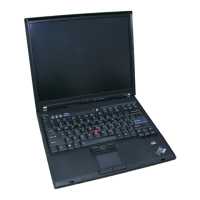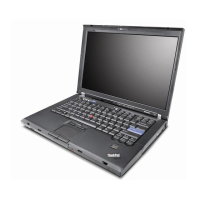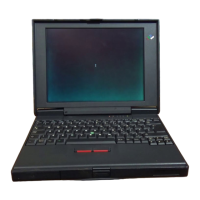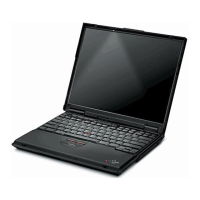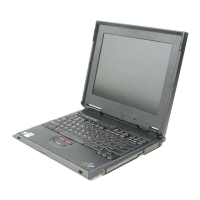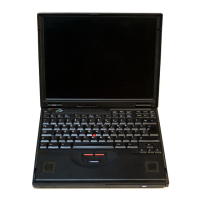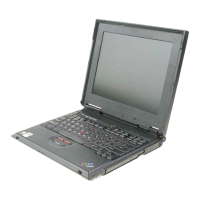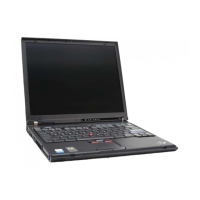(
(
Typamatic Keys: Certain keys
of
the 5100 keyboard are
assigned
as
typamatic keys, such as the space bar, the
scroll up, the scroll down, the backspace, and the
forward space keys.
When
the microprogram recognizes
a typamatic key code, the interrupt generated by the key
is reset and a
'-keyboard
strobe' pulse is repeated every
100
ms (after
an
initial
700
ms delay)
for
as long as the
key is held down. The repetition
of
the'
-keyboard
strobe' pulse causes the reentry
of
the key code
for
as
long as the key is held down.
Key
Functions
In addition
to
the alphabetic and numeric data keys,
there are keys used
to
control the operation
of
the 5100
and
to
manipulate the information on the display screen.
EXECUTE Key: This key starts the user program and
passes control
of
previously entered data
to
the user
program. The user program then acts upon this data.
HOLD Key: This key stops the computing system upon
completion
of
the current
I/O
function. The system is
restarted when the key is pressed again.
HOLD/CMD Key:
When
the HOLD key and the
CMD
key are pressed simultaneously, the system immediately
stops, all
I/O
operations are reset, and the display is
forced on. There is no predictable operational recovery
from
the CMD HOLD action during
I/O
operations; a
system RESTART must be performed.
Attention (ATTN) Key: This key causes the display
to
blank all data from the cursor (including the cursor
position)
to
above the status line (the bottom line).
Pressing the ATTN key during the execution
of
an
APL
user defined function causes
the
function
to
stop when
it
is completed. Pressing the ATTN key during the
execution
of
a BASIC user defined function causes the
program
to
stop
at
the end
of
an instruction. To
continue the interrupted operation, enter the
GO
command.
Scroll Keys: The scroll up, the scroll
down,
the
backspace, and the forward space keys are used
to
position the cursor.
Each
key appears
to
move the
cursor in the indicated direction, even though the up and
down
movement is performed by the content
of
the
display. During BASIC operations, only the
top
15 lines
of
the display are moved. The status line
at
the
bottom
of
the display does
not
move.
a
a
a
a
Backspace (left arrow key)-Moves the cursor one
character
to
the left.
Forward
Space
(right arrow key)-Moves the cursor
one position
to
the right.
Scroll Up (up arrow key)-Moves each line on the
display up one line. (See the note in the scroll
down
description.)
Scroll
Down
(down arrow key)-Moves each line on
the display
down
one line.
Note:
If
the machine is processing in BASIC, only
the
top
15 lines move; the bottom line is the
status line and does not move.
Insert (combination
of
the CMD key and the
forward space key)-Inserts a blank into the cursor
position you select and shifts all the characters
to
the right
of
the cursor one position
to
the right.
This creates a space
for
inserting a character
as
shown in the following illustration.
I
flash
ing
2 3 4
6
7
2
3 4
6
7
flashing
1 2 3 4
5 6
7
I
flashing
Delete (combination
of
the
CMD
key and
the
backspace key)-Deletes the character above the
cursor and shifts all the characters
to
the right
of
the cursor one position
to
the left.
I
flashing
2
3
4 4 5 6
2 3
4
5 6
I
flashing
Internal Operation
of
the 5100
4·11
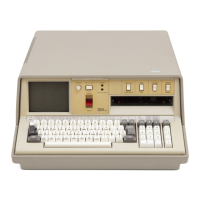
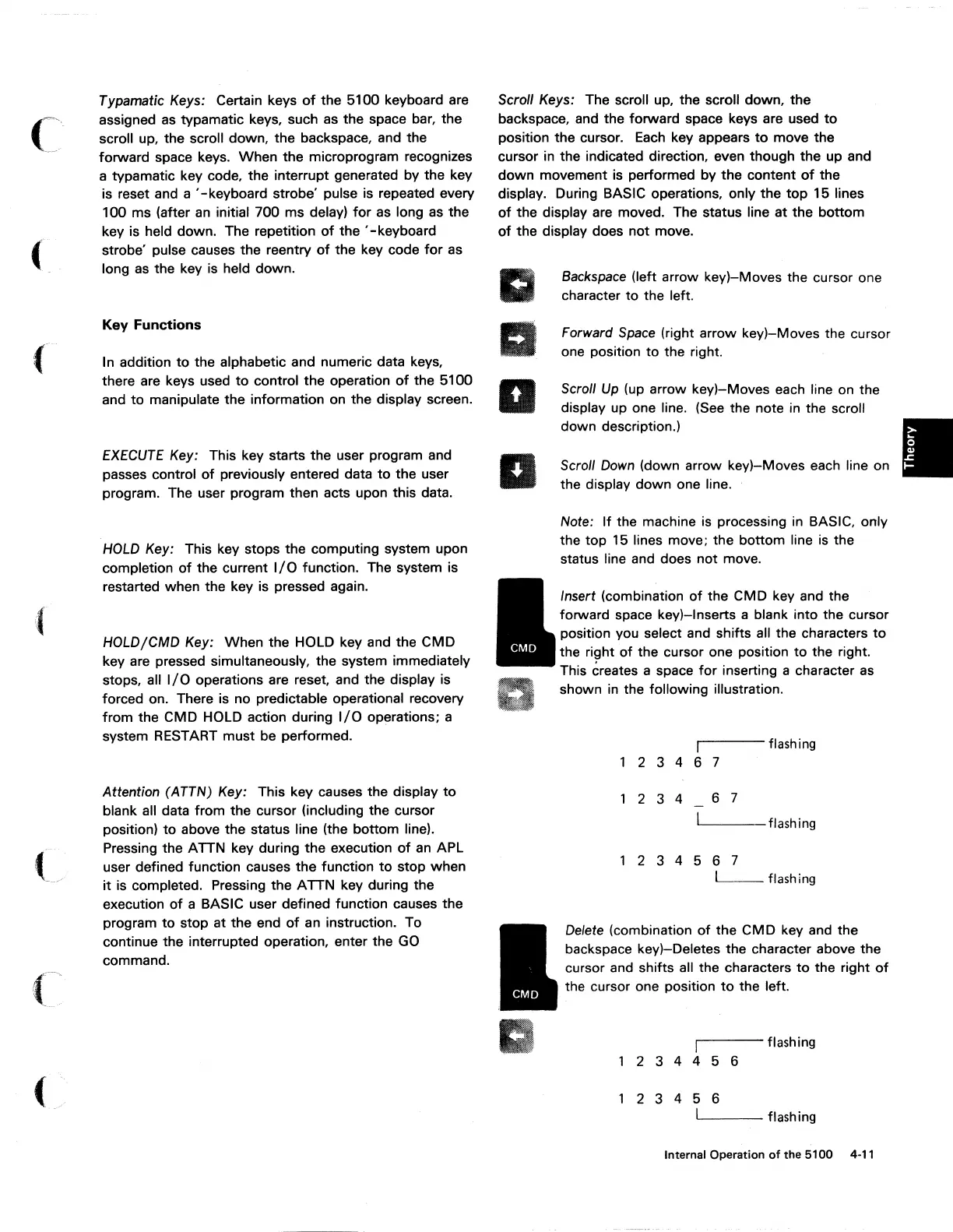